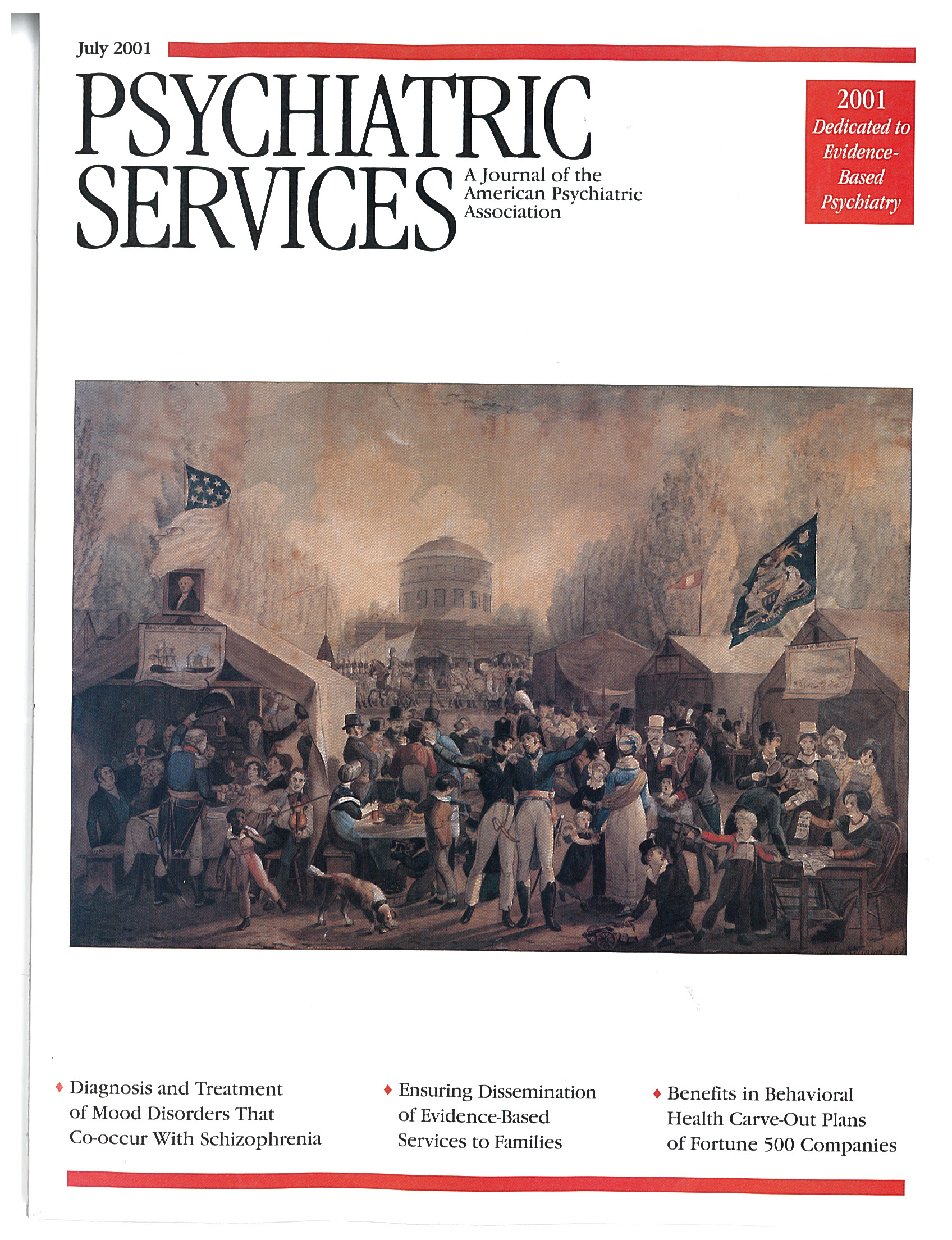Familiarity With and Social Distance From People Who Have Serious Mental Illness
Abstract
Objectives: This study examined the effects of familiarity with and social distance from persons who have serious mental illness on stigmatizing attitudes about mental illness. METHODS: A total of 208 community college students completed three written measures about familiarity, perception of dangerousness, fear, and social distance. Path analysis with manifest-variable structural modeling techniques was used to test a version of a model in which familiarity influences the perception of dangerousness, which in turn influences fear, which influences social distance from persons with serious mental illness. RESULTS: Most of the participants reported experience with mental illness. Scores on the three written measures largely supported the path model. Correlations between the perception of dangerousness and fear as well as between fear and social distance were particularly strong. CONCLUSIONS: Approaches to social change that increase the public's familiarity with serious mental illness will decrease stigma. Further studies are warranted that focus on how contact between members of the general public and persons who have serious mental illness may be facilitated.



